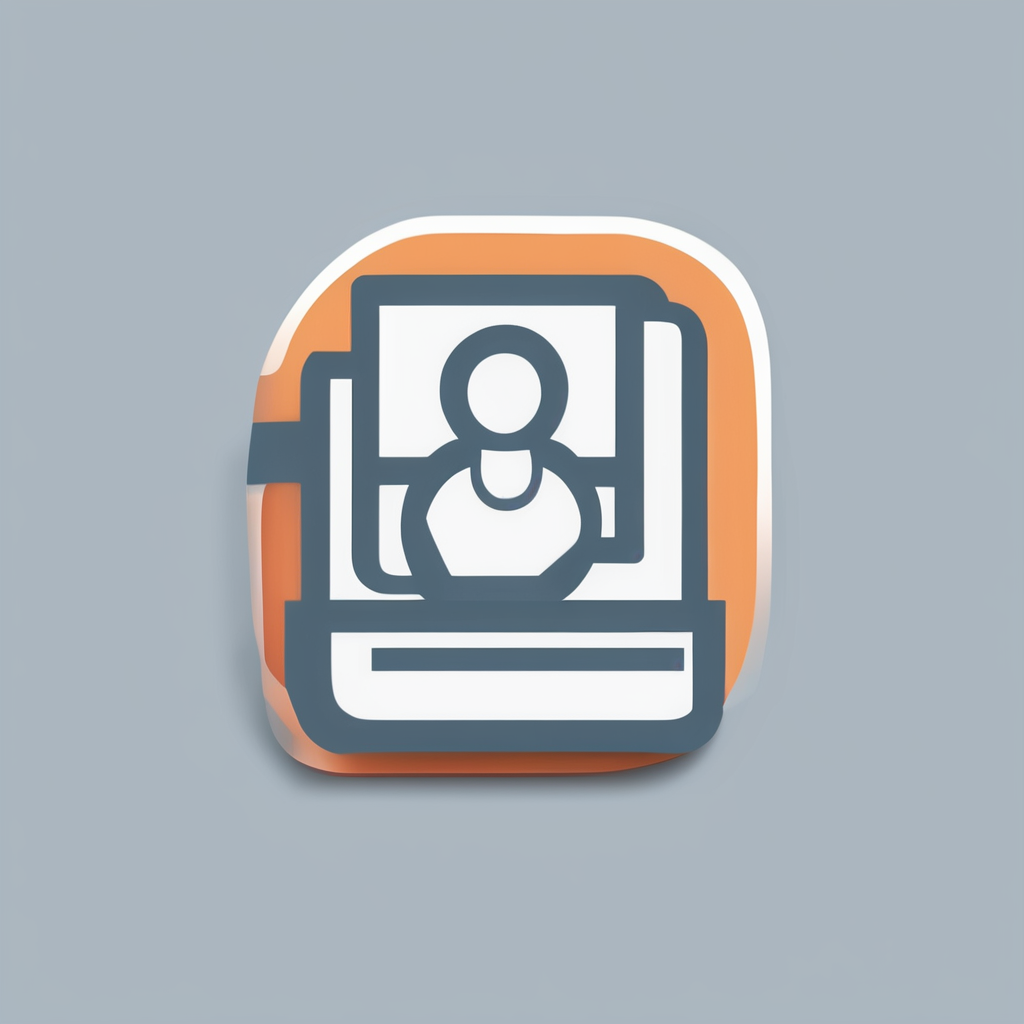Top Gentle Sports for Seniors with Joint Pain: Discover the Best Lightweight Activities!
Understanding the Importance of Exercise for Seniors with Joint Pain
For seniors, especially those dealing with joint pain or conditions like arthritis, engaging in physical activity is crucial for maintaining overall health and well-being. Exercise not only helps in managing pain but also improves mobility, strength, and flexibility. However, it’s essential to choose activities that are gentle on the joints to avoid exacerbating the condition.
“Regular physical activity can be an effective way to manage pain and improve mobility for seniors,” says a physical therapist from Presbyterian Homes. “Low-impact exercises like swimming or cycling can strengthen muscles and improve joint flexibility, alleviating discomfort and improving mobility”.
Topic to read : Discover the Essential Advantages of Chair Yoga for Seniors Struggling with Balance Issues
Best Low-Impact Exercises for Seniors with Joint Pain
Nordic Walking
Nordic walking is a unique and engaging exercise that offers numerous benefits for seniors. This activity involves walking with specially designed poles that help stabilize the body and maximize muscle engagement. Unlike regular walking, Nordic walking engages 90% of the muscles, making it an excellent option for those looking to improve physical health, mental well-being, and social connections.
“Nordic walking is a fun and beneficial exercise option for seniors. It enhances physical health, mental well-being, and social connections,” explains an article from Presbyterian Homes. “Grab some poles and discover the joy of Nordic walking”.
Also to see : Essential Health Screenings Every UK Woman Over 65 Should Prioritize Regularly
Barre Workouts
Barre exercises, originally created in the 1950s, emphasize small, repeated motions that target the arms, leg muscles, and core. These workouts are ideal for seniors as they are low-impact and gentle on the joints. Barre classes focus on small, controlled movements that improve strength, balance, and overall fitness.
“Barre exercises enhance posture and stability while promoting flexibility through a combination of strength training and stretching,” notes the article. “Each session can be adapted to fit individual fitness levels, making barre accessible to everyone, from beginners to seasoned fitness enthusiasts”.
Pickleball
Pickleball is a blend of tennis, badminton, and pingpong played on a smaller court. It is highly flexible in terms of pace, making it suitable for both beginners and experienced players. This low-impact sport is excellent for seniors as it provides a great cardio workout without putting extra strain on the joints.
“Pickleball is an excellent option for seniors looking to stay active without putting extra strain on their joints. It can be as energetic or leisurely as you prefer,” explains the article from Presbyterian Homes.
Exercise Equipment for Seniors with Joint Pain
Choosing the right exercise equipment can make a significant difference for seniors with joint pain. Here are some of the best options:
Elliptical Machines
Elliptical machines are great for older adults with joint pain or arthritis because they do not put strain or pressure on the body. Supported by handlebars that move forward and backward, elliptical machines help in jogging, climbing, walking, and enjoying a low-impact workout from the comfort of your home.
“An elliptical machine is an alternative to treadmills and is designed to help boost stamina, support balance, and build muscles and core strength. It’s gentle on the joints and has supportive handlebars for better balance and control,” says an article from The Senior List.
Resistance Bands
Resistance bands are another excellent option for seniors. They are lightweight, easy to use, and can be incorporated into various exercises to strengthen muscles. The Healthy Seniors Chair Exercise Program with resistance bands is ideal for seniors who want to strengthen their muscles or support recovery from injuries.
“These resistance bands are great for seniors who wish to do simple arm and leg stretch exercises right from their chair. They can also be used as rehab bands for individuals in physical therapy,” notes The Senior List.
Stability Balls
Stability balls, or exercise balls, are versatile and can be used to enhance core strength, improve posture, and support balance. They can be used as a replacement for a chair, motivating the muscles to work harder and improve balance.
“A stability ball can help seniors improve their posture simply by sitting or rolling on it. It can also be used for leg lifts and gentle crunches,” explains The Senior List.
Warm-Up and Stretching Exercises
Before diving into any physical activity, it’s crucial for seniors to warm up and stretch to prevent injuries and prepare the muscles.
Hip Rotation and Hip Flexor Stretch
-
Hip Rotation:
-
Stand with feet hip-width apart, arms out to sides at shoulder height.
-
Lift right knee up, out to side, and then back as if moving over an object.
-
Bring raised right knee back to front, tapping toes back to floor.
-
Repeat for reps and then switch sides.
-
Hip Flexor Stretch:
-
Get into a half-kneeling lunge position with left foot forward and planted, and right knee planted firmly on the ground, both knees bent 90 degrees.
-
Tuck pelvis under to feel a gentle stretch through the front of right hip. Gently press hips forward.
-
Relax back into starting position and repeat for reps before switching sides.
Dynamic Calf Stretch and Arm Circles
-
Dynamic Calf Stretch:
-
Place palms flat against a wall and walk feet back, coming up onto toes.
-
Bend left knee and press the right heel into the ground to feel a gentle stretch in right calf. Pause briefly.
-
Then bend right knee and press left heel into the ground.
-
Continue alternating.
-
Arm Circles:
-
Stand with feet shoulder-width apart and softly bend knees.
-
Extend arms out to the sides, about at shoulder height. Make small circles with arms.
-
Repeat for 20 seconds in each direction and gradually increase the size of the circles as shoulders warm up.
Benefits of Exercise for Seniors with Joint Pain
Engaging in regular exercise provides numerous benefits for seniors, especially those with joint pain.
Improved Strength and Balance
Exercise programs that include strength and balance training can significantly improve muscle strength and stability. This helps in performing daily tasks independently and reducing the risk of falls.
“Strength exercises, such as resistance training or weightlifting, can help increase muscle mass and improve overall strength. This can make activities like carrying groceries, climbing stairs, or getting up from a chair easier,” explains an article from Spring Hills.
Enhanced Cardiovascular Health
Aerobic exercises are beneficial for improving heart health, strengthening muscles, and increasing endurance. Activities like walking, cycling, or swimming contribute to weight management and reduce the risk of chronic conditions such as cardiovascular disease, diabetes, and certain types of cancer.
“Aerobic exercise helps improve heart health, strengthen muscles, and increase endurance. It’s recommended to aim for at least 150 minutes of moderate-intensity aerobic exercise per week,” notes Spring Hills.
Increased Flexibility and Joint Mobility
Flexibility and balance exercises are crucial for improving joint mobility, preventing injuries, and enhancing stability. Activities like yoga, tai chi, and stretching exercises help maintain flexibility and prevent muscle tightness and stiffness.
“Exercises that promote joint mobility, such as yoga or tai chi, can be highly beneficial. These activities focus on gentle movements that promote joint flexibility, balance, and coordination,” says Spring Hills.
Practical Tips for Starting an Exercise Routine
Consult with a Healthcare Professional
Before starting any new exercise program, it’s essential to consult with a healthcare professional, especially if there are underlying health conditions or concerns.
“Always consult with a healthcare professional before starting any new exercise program, especially if there are underlying health conditions or concerns,” advises Spring Hills.
Set Realistic Goals
Setting realistic goals helps in maintaining motivation and ensuring a sustainable exercise routine.
“Setting realistic goals is important to ensure a safe and effective exercise routine. Start with light exercises and gradually increase intensity as strength improves,” notes The Senior List.
Find Enjoyable Activities
Engaging in activities that are enjoyable can make the exercise routine more sustainable and fun.
“Find activities that you enjoy, whether it’s Nordic walking, barre workouts, or pickleball. This will help keep you motivated and make the exercise routine more enjoyable,” suggests Presbyterian Homes.
For seniors with joint pain, incorporating gentle and low-impact exercises into their routine can significantly improve their health and well-being. Whether it’s through Nordic walking, barre workouts, pickleball, or using specific exercise equipment like elliptical machines and resistance bands, there are numerous options available that cater to individual needs.
“Exercise provides a sense of purpose and engagement for the elderly. It offers a structured and meaningful activity that can fill their days with a sense of achievement and fulfillment,” concludes Spring Hills.
By choosing the right exercises and equipment, seniors can manage joint pain effectively, improve their strength and flexibility, and enhance their overall quality of life.
Detailed Bullet Point List: Best Exercises for Seniors with Joint Pain
-
Nordic Walking:
-
Uses specially designed poles to stabilize the body and engage 90% of the muscles.
-
Improves physical health, mental well-being, and social connections.
-
Low-impact and gentle on the joints.
-
Barre Workouts:
-
Emphasizes small, repeated motions targeting arms, leg muscles, and core.
-
Improves strength, balance, and overall fitness.
-
Low-impact and adaptable to individual fitness levels.
-
Pickleball:
-
A blend of tennis, badminton, and pingpong played on a smaller court.
-
Flexible in terms of pace, suitable for both beginners and experienced players.
-
Provides a great cardio workout without straining the joints.
-
Elliptical Machines:
-
Low-impact and gentle on the joints.
-
Boosts stamina, supports balance, and builds muscles and core strength.
-
Operates with a comfortable gliding movement.
-
Resistance Bands:
-
Lightweight and easy to use.
-
Can be used for simple arm and leg stretch exercises or as rehab bands.
-
Helps build arm, leg, and core strength.
-
Stability Balls:
-
Enhances core strength, improves posture, and supports balance.
-
Can be used as a replacement for a chair to motivate muscles.
-
Versatile for various exercises like leg lifts and gentle crunches.
-
Yoga and Tai Chi:
-
Promotes joint flexibility, balance, and coordination.
-
Focuses on gentle movements that help maintain flexibility and prevent muscle tightness.
-
Enhances overall physical and mental well-being.
Comprehensive Table: Comparison of Exercise Equipment for Seniors
| Exercise Equipment | Description | Benefits | Suitability |
|---|---|---|---|
| Elliptical Machines | Low-impact machine with handlebars for upper and lower body workout | Boosts stamina, supports balance, builds muscles and core strength | Ideal for seniors with joint pain or arthritis |
| Resistance Bands | Lightweight bands for arm and leg exercises | Builds arm, leg, and core strength; easy to use and portable | Suitable for seniors who need to strengthen muscles or support recovery |
| Stability Balls | Large ball for core strength, posture, and balance | Enhances core strength, improves posture, supports balance | Versatile for various exercises; can replace a chair |
| Yoga Mats | Slip-free mats for floor workouts | Provides a comfortable surface for stretching, squats, planks, and other exercises | Ideal for seniors who prefer floor workouts |
| Foam Rollers | Cylindrical foam tube for flexibility and reducing soreness | Increases flexibility, reduces soreness or tightness | Suitable for seniors with back and shoulder problems or muscle aches |
By understanding the benefits and practicalities of these exercises and equipment, seniors can make informed choices to improve their health and quality of life despite joint pain.











